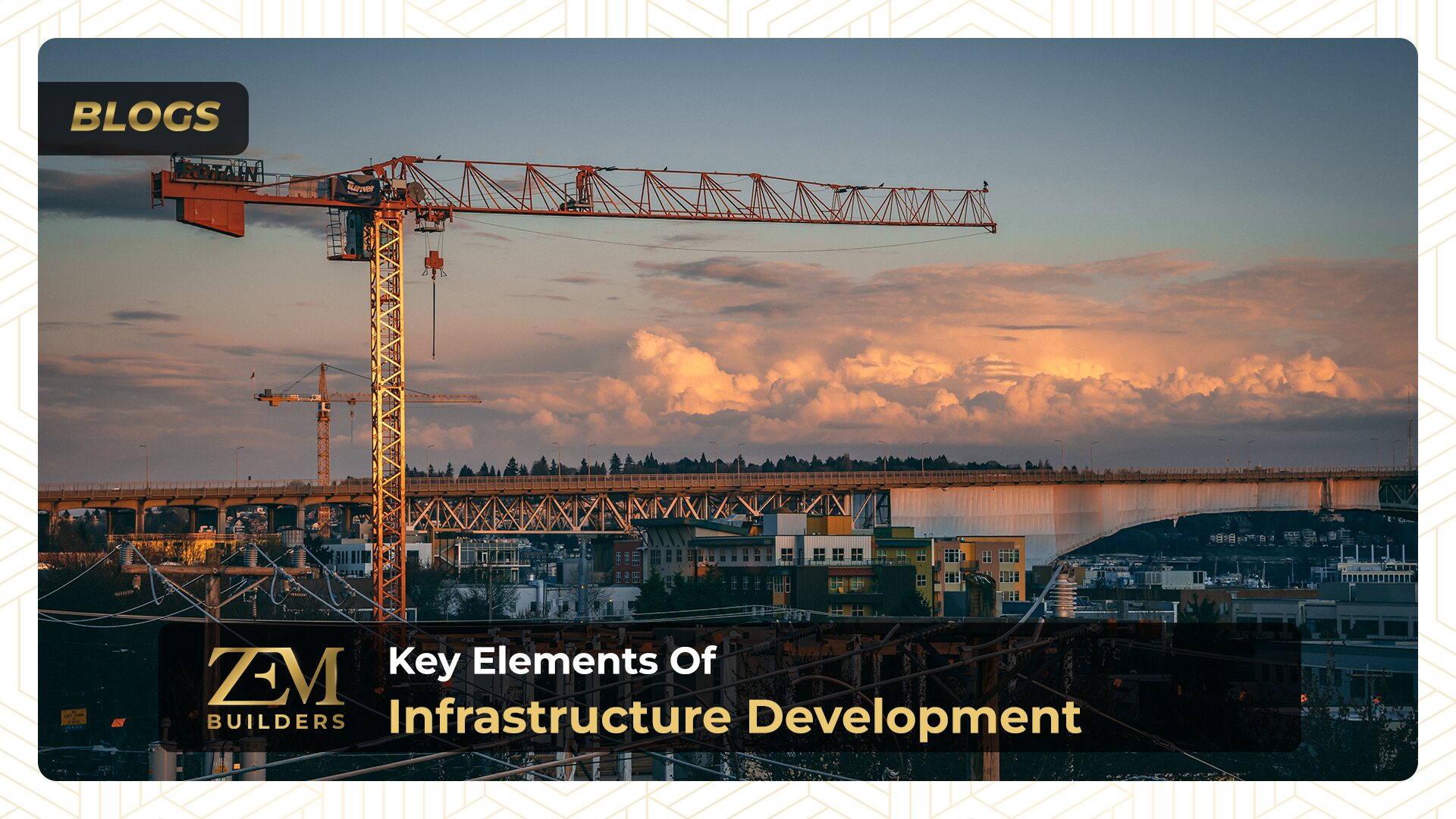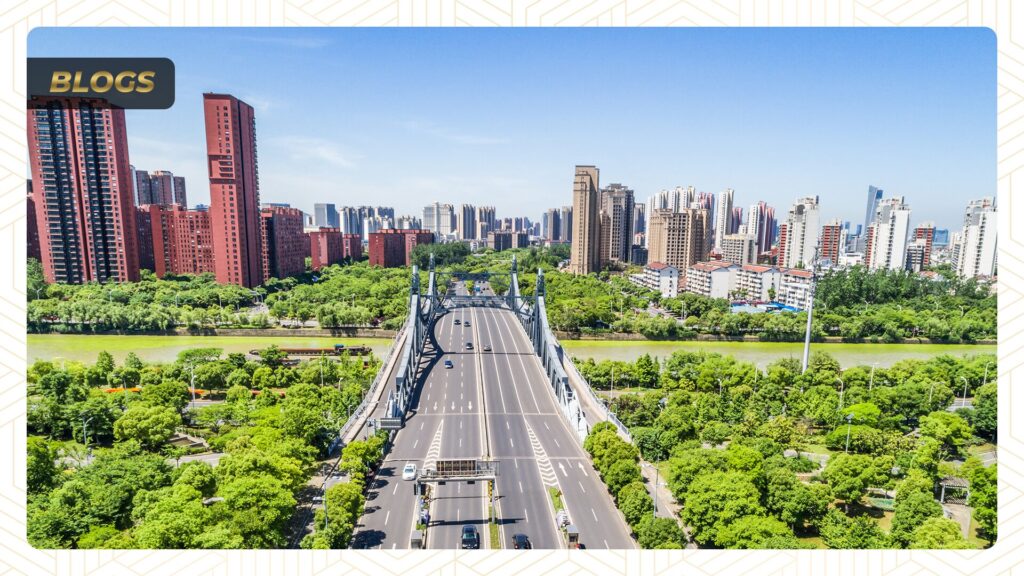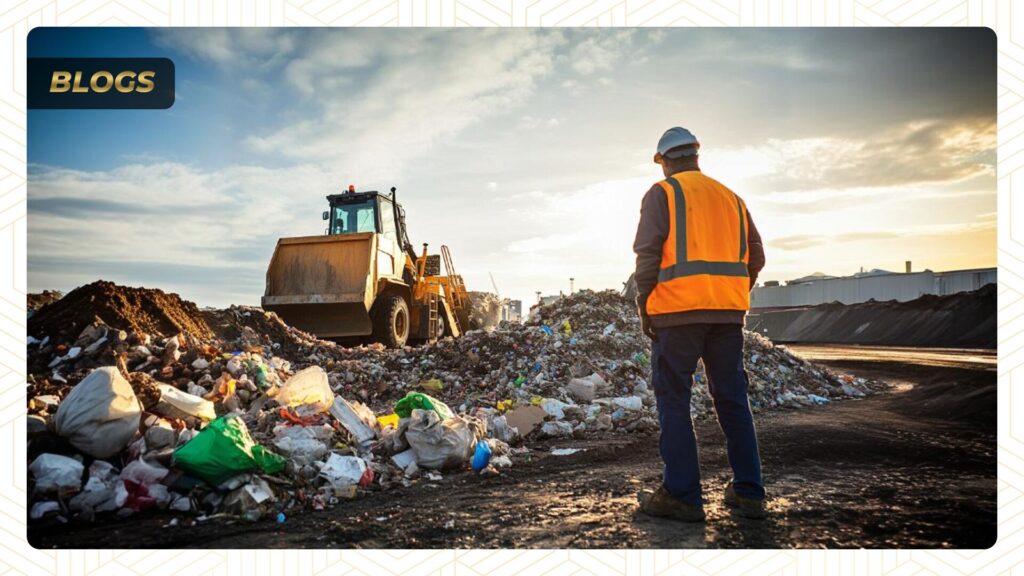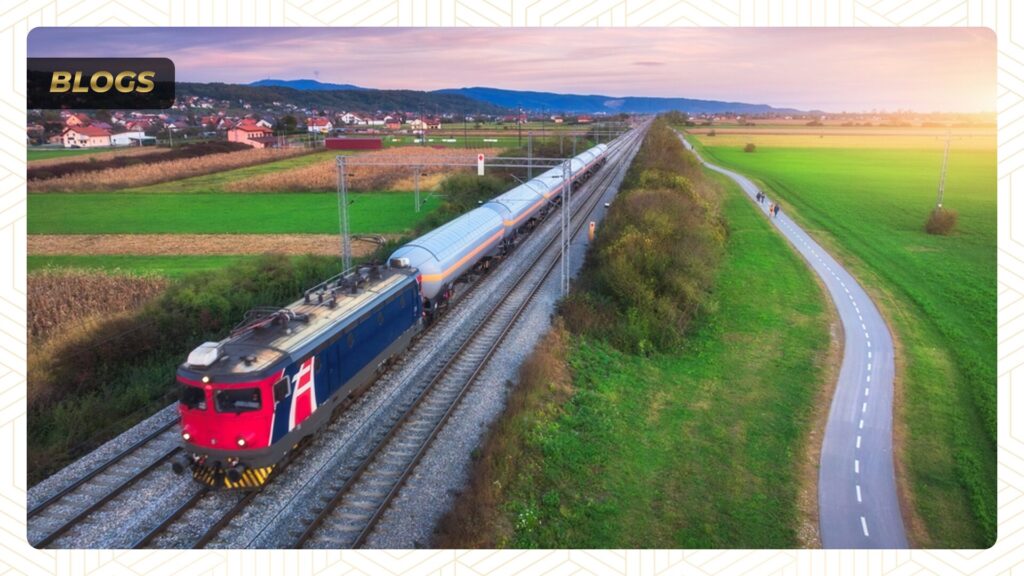Key Elements of Infrastructure Development

Infrastructure is what keeps everything and everyone moving and living everywhere in the world, because without these no one would be able to do anything. After all, it is this infrastructure that allows electricity and water to flow to homes and businesses and gives people ways to travel via car or another vehicle, elements of infrastructure development play an important role in the infrastructure of homes and businesses.
Facilitating the Public

People couldn’t get anyplace without infrastructure, therefore this is likely one of the most common projects in the building sector.
This infrastructure requires maintenance the most of the time, but eventually reconstruction and resurfacing will also be required.
This kind of infrastructure frequently undergoes expansion initiatives as well, particularly in locations that gradually become more crowded.
Roads and Railways
Users of common infrastructure, from streets to highways, have mixed feelings about these developments. Although constructing a new road is expensive, upkeep is perpetual.
For this reason, tolls are becoming a more and more popular option for funding road infrastructure projects.
Airports, seashore ports, rail terminals, bus terminals, passenger rail lines, and all the supporting structures and machinery are examples of infrastructure transportation projects.
Typically, this kind of infrastructure is mostly funded by the government, but innovative delivery strategies including public-private partnerships are reviving the industry in areas where public funding is scarce.
Urban Development

Infrastructure plays a crucial role in urban development by creating an environment that encourages economic growth and raises urban residents’ standards of living.
Better housing, a better urban transportation system, and an overall higher standard of living follow from this.
Urban infrastructure is important from social, economic, and environmental standpoints. From a social perspective, urban infrastructure can significantly affect people’s daily quality of life, security, and health.
A well-designed urban infrastructure reduces the likelihood of citizens being harmed by social or natural disasters and also diminishes their impact.
In addition, urban infrastructure promotes employment, new business growth, and urban economic development.
Water and Sanitation

Though it hasn’t been a primary focus of research, water and sanitation infrastructure is becoming vital information, particularly for urban living.
While the supply of clean drinking water is crucial for lowering the incidence of waterborne illnesses, sanitation infrastructure and drainage systems are crucial for lowering the vulnerability of metropolitan areas to flooding.
The human activities of communities residing in urban water bodies, such as the unlawful dumping of fuels, solid waste, and sewage, are also strongly associated with water contamination.
People that utilize contaminated water sources for social activities, swimming, drinking, and fishing may be at risk for a number of diseases.
Sustainability

Resilient structures are more important than ever in order to construct the urban infrastructure of the future. For today’s modern infrastructure, the ability to resist environmental changes brought about by natural forces without suffering damage is a feature that must be given careful thought.
Not only must natural forces be taken into account, but terrorist attacks and other malicious activities also need to be taken into account when designing future metropolitan infrastructure.
The general public wants and expects the infrastructure to be erected during development to last for a long time. Before the asset reaches the end of its useful life, it will, at the very least, last two lifetimes, and occasionally twice that long.
Waste Management

Another crucial infrastructure building project is garbage management, which keeps everyone safe by preventing hazardous material from being scattered around.
In order to protect the clean water of the rivers, streams, lakes, and seas, this also entails managing water waste.
Everybody who works on the facilities where all of this rubbish is conveyed must make sure that these spaces are built correctly and are then kept in good condition thereafter.
FAQs
What does infrastructure development include?
The development of a country’s infrastructure is vital to the growth of its sectors and the overall economy. The infrastructure sector primarily comprises of electricity, roads, telecommunications, railways, irrigation, water supply and sanitation, ports and airports, storing facilities, and oil and gas pipelines.
What are the factors of infrastructure development?
Factor affecting infrastructural development can be: political, economic, social, technology, legal, environmental and safety. Political environment has to do with the political stability, policy formulation and politics of the project environment both within and without.
What are the elements of infrastructure?
Infrastructure is composed of public and private physical structures such as roads, railways, bridges, airports, public transit systems, tunnels, water supply, sewers, electrical grids, and telecommunications (including Internet connectivity and broadband access).
Conclusion
Slums, unemployment, migration, poverty, and other issues must all be addressed when economic progress takes place.
The right infrastructure needs to be built in order to do this. Reduced rates of poverty and the migration of people from rural to urban regions are directly impacted by the quality of water and sanitation services, as well as transportation.


